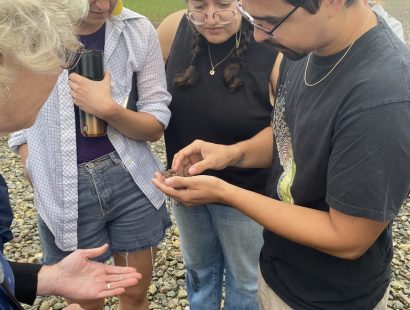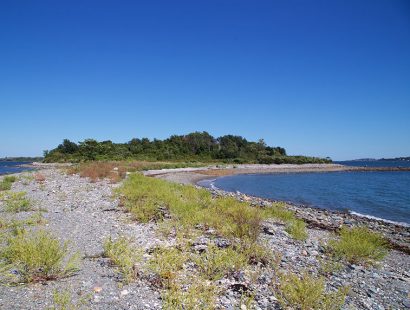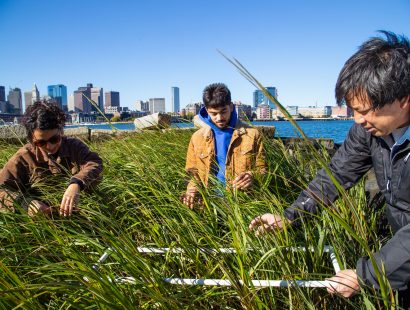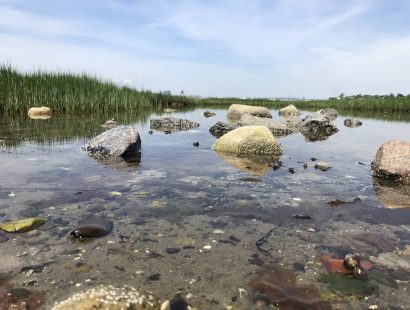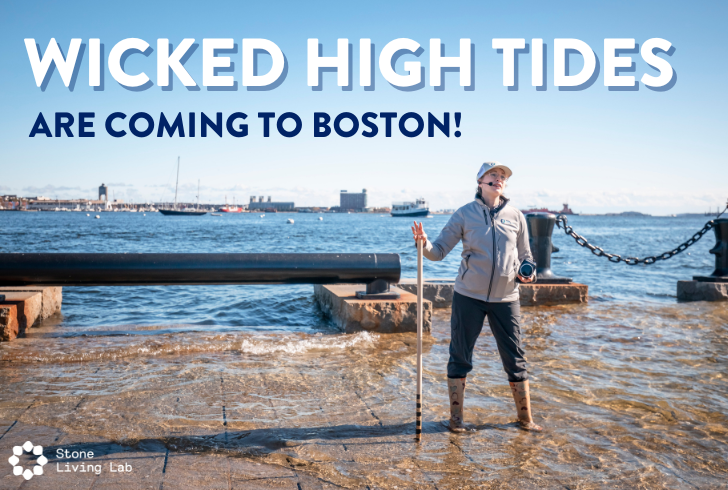About the Stone Living Lab The Stone Living Lab conducts transformative research and outreach to make vulnerable coastal regions adaptive to climate change while enhancing natural and built environments.
Together with researchers, students, and the public, we test innovative, nature-based approaches to climate adaptation, coastal resilience, and ecological restoration in and around Boston Harbor.
